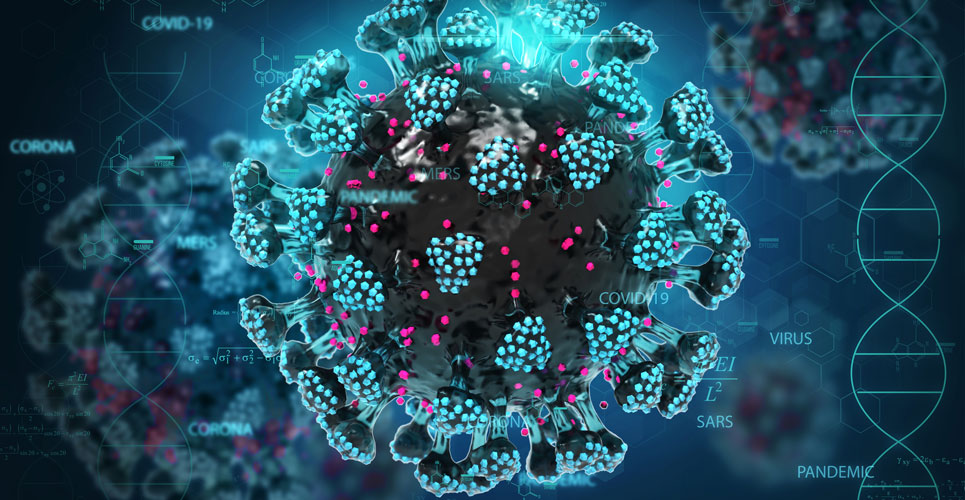Real-world data show that COVID-19 vaccines attenuate viral load and illness duration among those with breakthrough infection.
Both the COVID-19 vaccines from Pfizer-BioNTech (BNT162b) and Moderna (mRNA-1273) have been shown to be highly effective in reducing symptomatic infection in clinical trials. While some emerging data shows that the real-world effectiveness of these vaccines in reducing viral load, is broadly similar to the results obtained during the Phase III trials, less is known about the possible secondary benefits of vaccination. For instance, to what extent does vaccination with either of these agents reduce the severity of infection, viral load and the duration over which the virus can be detected through testing. As a result, a team led by researchers from the Centers for Disease Control and prevention COVID-19 Response Team in the US, have conducted a prospective cohort study among healthcare workers, first responders and other essential frontline workers and which opened for recruitment in July 2020. Upon enrolment, participants provided information on potential exposure to COVID-19, use of personal protective equipment as well as active surveillance of COVID-19 symptoms through weekly reporting. On a weekly basis, participants provide nasal swabs for analysis, irrespective of whether they have symptoms but are asked to provide additional nasal swab and saliva samples if they become symptomatic. Vaccination status and at the time of the study, this status was categorised as fully vaccinated (> 14 days after second dose), partially vaccinated (>14 days after first or < 14 days after second dose) or unvaccinated. The primary outcome for the study was the time to PCR-confirmed COVID-19 infection in vaccinated participants as compared to unvaccinated individuals although the team also examined the viral load and duration of symptoms.
Findings
The sample included 3975 participants: 72% aged between 18 and 49 years, 62% female and the majority (86%) of white ethnicity. In addition, most (69%) reported having no chronic medical conditions. A total of 3179 (80%) had received at least one dose of either vaccine with 2686 (84%) having received both doses. COVID-19 infection was detected in 204 individuals (5%), of whom, 5 were fully vaccinated, 11 partially vaccinated and 156 unvaccinated although vaccination status was indeterminate for 32 participants who were excluded from further analysis.
The estimated adjusted vaccine efficacy against COVID-19 was 91% (95% CI 76–97) in those with full vaccination and 81% (95% CI 64 to 90%) in those partially vaccinated. Interestingly, viral RNA was detected for a mean of 8.9 days in those who were unvaccinated by for only 2.7 days in partially or fully vaccinated participants. There was also a 40% reduction in the COVID-19 viral load among partially or fully vaccinated compared to unvaccinated individuals (3.8 vs 2.3 unvaccinated vs partially/fully) and in the mean duration of symptom days (16.7 vs 10.3 unvaccinated vs partially/fully).
In a discussion of their findings, the authored commented on how although there were a small number of breakthrough infections, viral loads and duration of illness were much lower. They concluded that if these results are confirmed, it suggests that among healthcare workers who are most at risk of infection, vaccination reduces the risk of infection and minimises symptoms in breakthrough infections.
Citation
Thompson MG et al. Prevention and Attenuation of Covid-19 with the BNT162b2 and mRNA-1273 Vaccines. N Engl J Med 2021

